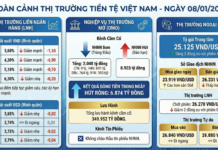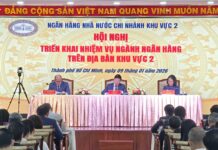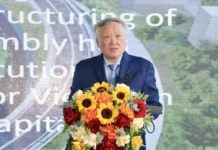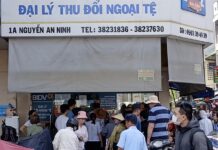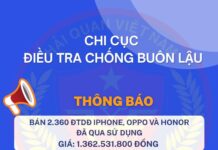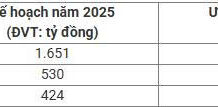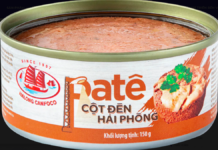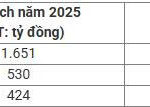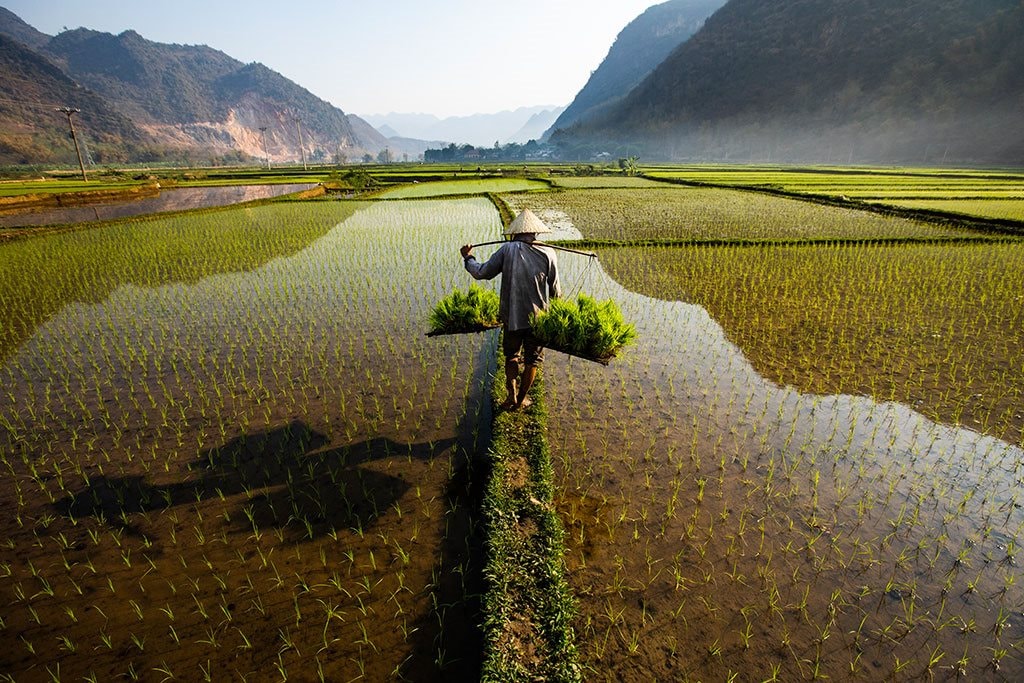
As the world quietly observes the fluctuations in the global rice market, a historic milestone was reached in the first half of 2025: Vietnam officially surpassed Thailand to become the second-largest rice exporter in the world, second only to India.
However, behind this milestone are not just statistics, but a powerful transformation, a strategic repositioning, and the agility of Vietnam’s agriculture sector in a highly volatile global context.
Vietnam’s Breakthrough
According to statistics from the Thai Rice Exporters Association, in the first six months of this year, Vietnam exported 4.72 million tons of rice, a 3.6% increase compared to the same period last year. In contrast, Thailand exported 3.73 million tons, a 27.3% decrease. This gap highlights a clear trend: Vietnam is effectively seizing market opportunities to increase its volume and value.

Source: Thai Rice Exporters Association (TREA)
The gap of over one million tons is not just a number but reflects a shift in regional power dynamics. While Thailand struggles with high production costs, a strong currency, and tariff pressures from the US, Vietnam has seized the opportunity to expand its market share in key markets such as the Philippines, Africa, and the Middle East.
Export value is another bright spot. Vietnam’s rice export turnover in the first half of 2023 is estimated at $2.3 billion, a 34.7% increase compared to the previous year. This growth is not only due to volume but also because of the increase in average export prices, sometimes even surpassing Thailand, indicating that the quality of Vietnamese rice is gaining global recognition.
This success is not a coincidence but a result of several critical factors.
Firstly, the export ban on rice by India, the world’s largest rice exporter, created a significant vacuum in the market. Vietnam quickly seized this opportunity to boost its exports and meet the rising demands of importing countries.
When India returned to the market after its temporary export ban, it pulled global rice prices down to their lowest levels in years. This inadvertently created a “headache” for high-cost exporting countries like Thailand, famous for its pricey Jasmine rice.
Meanwhile, Vietnamese rice, with an average price of around $514–517 per ton, became a “budget-friendly” choice for many developing countries.
Vietnam also scored points for its ability to diversify its products, from common white rice and fragrant ST rice to organic and Japonica rice for premium markets such as South Korea and Japan. This flexibility in variety and pricing has helped Vietnam stand firm in a highly competitive market where quality and real value are paramount.
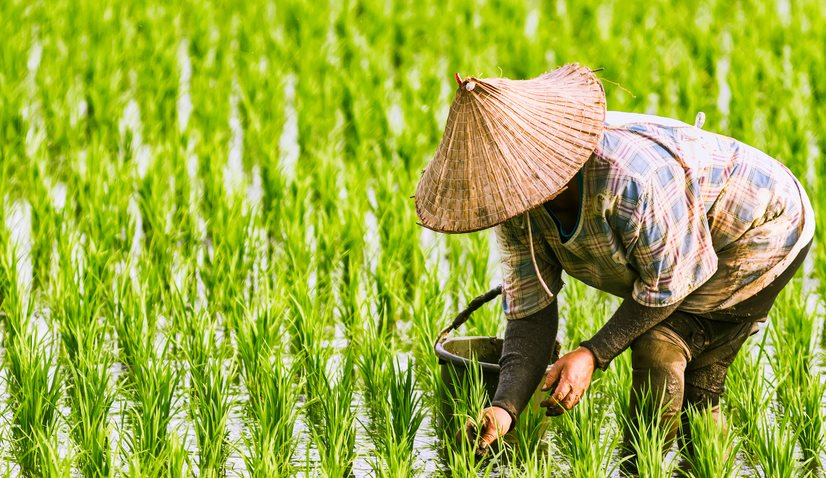
Not only have Vietnamese enterprises diversified their products, but they have also proactively sought and expanded their markets, not just focusing on traditional markets like the Philippines but also reaching out to potential markets such as China, Africa, and Europe.
Additionally, digital transformation in agriculture, restructuring of growing areas, and value chain-oriented exports are bearing fruit for Vietnam. The government and domestic enterprises have jointly promoted the application of traceability, control of pesticide residues, bilateral trade negotiations, and support for farmers to access advanced farming technologies.
Notably, Vietnamese rice varieties like ST25 and ST24 have not only won international awards but are also gradually conquering demanding markets. Rice is no longer just an agricultural product but is being elevated to a national brand.
This enhances the value and competitiveness of Vietnamese rice.
Sustainability
Meanwhile, Thailand, long regarded as the world’s rice powerhouse, is facing challenges. It’s not just about price competition from Vietnam and India but also structural issues. Thai farmers struggle with high production costs and a lack of timely subsidies, and the strong baht makes Thai rice expensive. Additionally, the 36% tariff imposed by the US specifically targets their signature fragrant rice variety.
According to the Thai Rice Exporters Association, without substantial policy adjustments and production support, it will be difficult for Thailand to regain its position in the short term.
Media outlets suggest that while surpassing Thailand is a proud milestone, it also serves as a reminder for Vietnam not to become complacent. The current challenge is not just about volume but also about adding value, maintaining quality, and adapting to market demands.
The global market is increasingly concerned about sustainable, bio-safe, low-emission rice with a transparent supply chain. If Vietnam continues to invest in the right directions, from raw materials to logistics and international marketing, it can maintain its position as the world’s second-largest exporter and even narrow the gap with India in the long term.
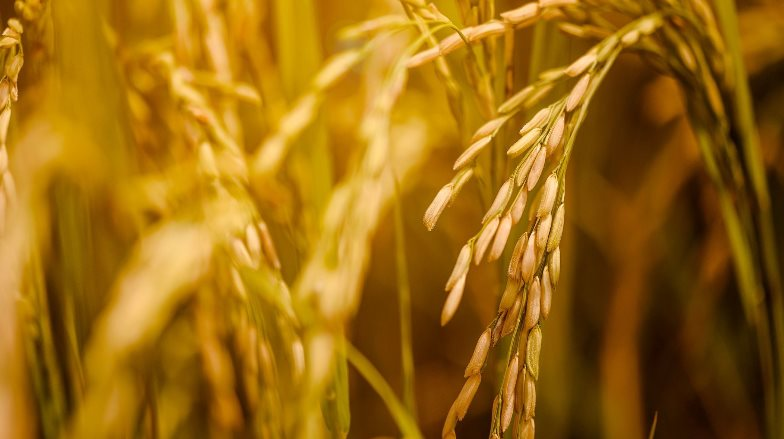
From being a “follower,” Vietnam has gradually risen to become a “leader” in the global rice race. In a world where agriculture is impacted by climate change, wars, and trade fluctuations, Vietnam’s acceleration is not just an economic victory but also a testament to the adaptability and development of an agricultural nation in transformation.
If Thailand was once the symbol of quality, Vietnam is now becoming the symbol of agility, innovation, and sustainability.
*Source: Thaipbs






